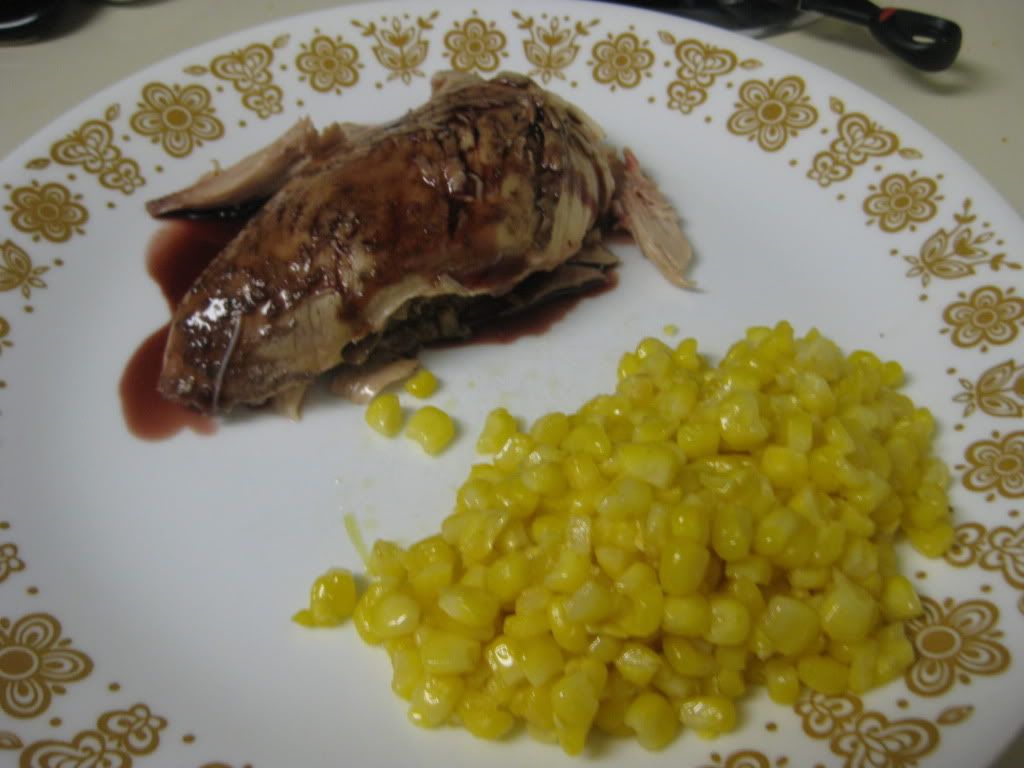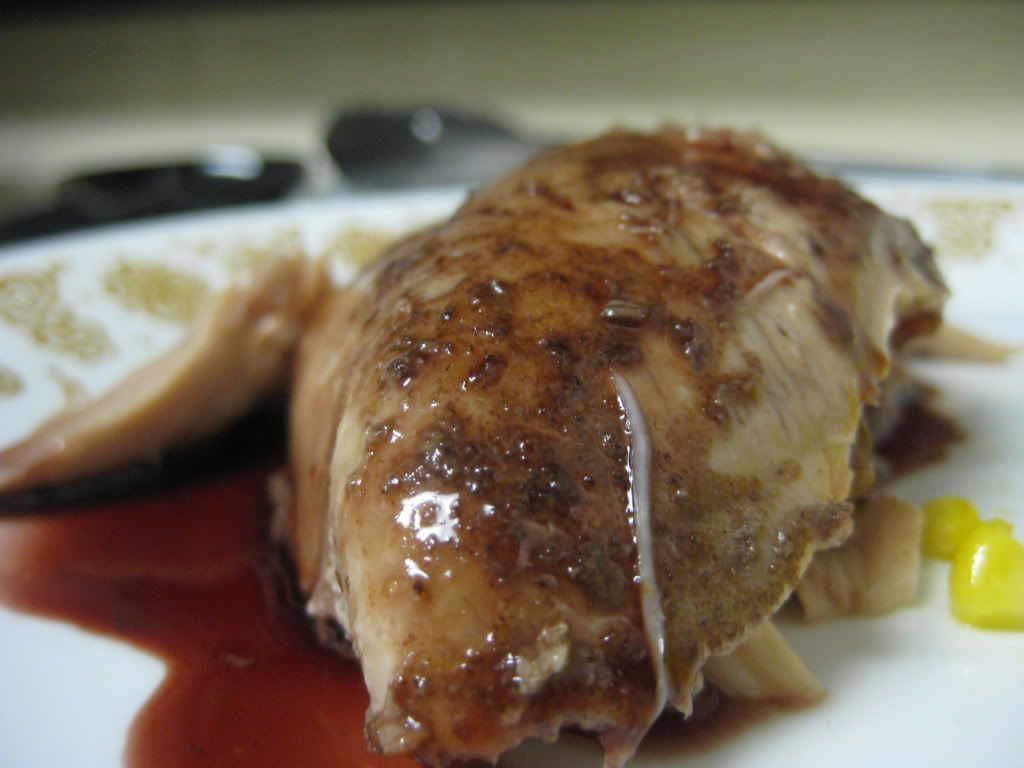The Recipe: Roast Chicken With Pomegranate Glaze
Original Recipe Found On: Eatingwell.com
What You'll Need:
1 Tablespoon Ground Sumac*
1 Tablespoon Kosher Salt
1 - 4 Pound Chicken (Giblets / neck removed)
6 Cups Sliced, Cored Fennel (2-3 Large Bulbs)**
1 Large Yellow Onion (Chopped)
2 Teaspoons Extra Virgin Olive Oil
1/2 Cup Pomegranate Molasses***
2 Tablespoons Honey
1 Teaspoon Freshly Ground Pepper
* Sumac is made from the ground berries of a sumac plant. The sumac plant has over 250 different species ranging from relatively benign to poison oak, poison ivy and poison sumac. (Thankfully, the berries are not the poisonous part!) Sumac is common in Turkish and Arabic cuisine. Sumac berries add a lemon like or citrus flavor to whatever dish they are being added to. (Oddly, the smell like vinegar). Sumac will be somewhat hard to track down (speaking from experience) your best option is to visit your local Penzeys or mail order the spice from a large company. Alternatively, you can zest two lemons and substitute that for the sumac.
**If you are unable to find whole fennel bulbs, you can simply use the fennel seeds (at a much reduced quantity as the seeds pack more punch than the whole bulb).
*** Pomegranate molasses can be found in the vinegar aisle of many grocery stores (especially Trader Joe's & Whole Foods). However, it's also quite easy to make your own. Simply combine: 4 Cups of Pomegranate Juice, 1/2 Cup Sugar & 1 Tablespoon Lemon Juice in a small saucepan. Place over medium heat and stir constantly until the sugar has been absorbed. Once the sugar is dissolved, reduce the heat to medium low and allow the mixture to simmer (stirring occasionally) for about 1 hour (or an hour and a half) until it becomes thick and syrup like (it will cling to the back of a spoon). Keep an eye on the mixture after 40 minutes as it can (and will) thicken up quickly. If it becomes too thick you'll end up with more of a gel and less of a molasses. Let the mixture cool for 30 minutes before transferring it to a glass jar and storing it in the refrigerator until needed.
If you'd like, you can prepare the first step a day ahead of time. In a small bowl, combine the sumac and salt. Loosen the skin over the breast and thighs of the chicken and spread the mixture across the meat under the skin. (Depending on how cooperative your chicken is, you may have to use kitchen shears to slice your own pockets into the skin). Once the breast and thighs have been covered, sprinkle the remaining seasoning on the skin. Store the seasoned chicken in the refrigerator overnight or for at least 1 hour before cooking. This allows the salt/sumac to act as a marinade or brine and adds a great flavor to the meat while ensuring the moisture will stay inside the meat while cooking.
Once you're ready to cook, preheat your oven to 425 degrees.
Combine the yellow onion and fennel in the bottom of a large roasting pan and toss with the olive oil. Place the chicken, breast side up, on top of the vegetables.
Meanwhile, combine the pomegranate molasses, honey and pepper in a small bowl. Transfer about 1/2 of this mixture to a small saucepan and set aside for later. Reserve the other half for a later step.
Place the chicken in the oven (covered) and all it to cook for 20 minutes. After 20 minutes, remove the chicken from the pan, stir the vegetable mixture, rotate the chicken (so the breast side is now down) and return it to the roasting pan and back in the oven (covered) for another 20 minutes.
After the second 20 minute roast, remove the chicken again and stir the vegetable mixture. Place the chicken in the roasting pan (breast side up this time) and spread the reserved pomegranate sauce over the entire chicken. (A pastry brush is the best method as the molasses is predictably soft and sticky and otherwise cumbersome to manipulate). Reduce the oven temperature to 400 degrees and return the chicken to the oven (covered) until the thigh reaches 165 degrees on an instant read thermometer. The original recipe states this will take 20 to 30 minutes, however, our version took closer to 45. Monitor the chicken closely (I'd recommend taking the temperature during the basting portion of the recipe to gauge just how close the chicken is to being fully cooked).
Once the chicken has reached the perfect temperature, remove it from the roasting pan and allow it to rest on a cutting board for 10 minutes before carving (so all those juices move back towards the center of the chicken and not all over the cutting board while you're carving). Warm the other half of the pomegranate sauce from earlier until it is heated through. Serve the carved chicken with a drizzling of the pomegranate glaze over the roasted onions. Enjoy!
The Results:
Refreshingly new and delicious! This recipe, while being technically just like every other roasted chicken dish we've tried had a flavor that we had never created before. The sumac berries were just as described - a bright and almost lemon like flavor (sort of lemon meets raspberry) that blended beautifully with the pomegranate glaze (which was very sweet, almost candy like). The end result was a bright, almost fruity chicken that was full of moisture and deep flavors. The onions (nicely caramelized after the roasting process) added a nice depth to each bite.
That's all we have for you this evening. Maggie will take to the kitchen tomorrow night with a dish she's excited to try. Stop in tomorrow night to see what she's cooking. Until then,
~Cheers





No comments:
Post a Comment